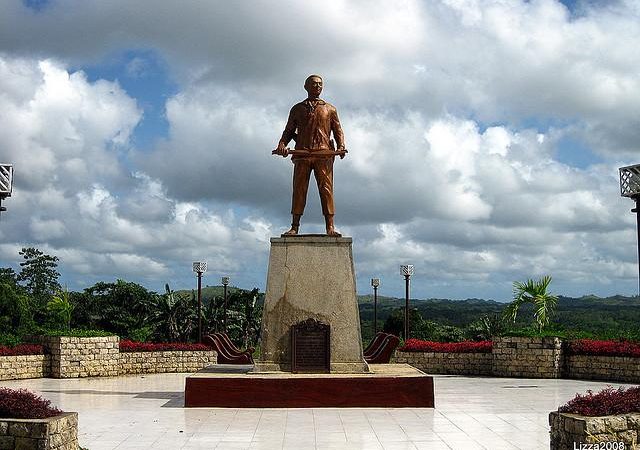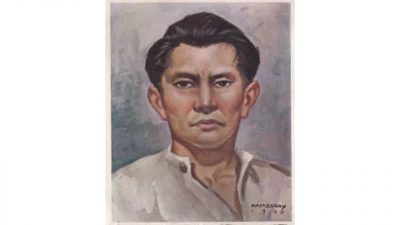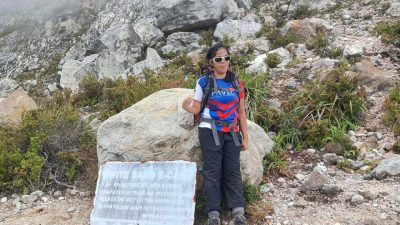MANILA — In a groundbreaking development, the bones of Francisco Dagohoy and his revolutionary comrades are set to be publicly exhibited at the Dagohoy History Museum in Danao, Bohol.
The National Historical Commission of the Philippines (NHCP) recently approved the construction of the museum, marking a pivotal moment in Philippine history as it signifies the first public display of a national hero’s remains.
This initiative seeks to honor Francisco Dagohoy and his compatriots, known for leading the longest revolt in Philippine history in 1744. The museum, upon completion, will stand as a testament to its historical significance.
In 2022, the University of the Philippines Diliman (UP) School of Archaeology, led by Dr. Kimberly Anne Plomp, a Canadian OsteoArchaeologist and Associate Professor at UP Diliman, conducted two research visits to Danao, Bohol.
These visits were instrumental in the development of the human osteoarchaeological project titled “What Remains of the Dagohoy Rebellion? An Osteoarchaeology Analysis of Human and Animal Remains Recovered from Dagohoy Cave.”
The ongoing project, housed at the Human Osteoarchaeology, Palaeopathology, and Evolution Laboratory at UP Diliman, has garnered national and is poised to attract international attention upon the finalization and publication of its results. Dr. Plomp, in a letter to the Bohol Tourism Office, highlighted the project’s contribution to Filipino history and archaeology, shedding light on Danao, Bohol’s unique and significant history.
The NHCP, in adherence to Republic Act 10086, granted approval for the construction of the Dagohoy History Museum in February of this year. As the custodian of the country’s historical legacies, the government agency plays a vital role in their conservation and preservation.
The museum will boast state-of-the-art facilities, including glass and acrylic museum display cases (vitrines) showcasing bone fragments of Dagohoy and his revolutionaries.
These artifacts made possible through the collaboration with the Danao Culture and Arts Division and the provincial government of Bohol’s Center for Culture and Arts Development, promise valuable insights into the period of the longest revolt in Philippine history, highlighting Francisco Dagohoy and the revolutionaries’ “Way of Life.”
Additionally, the museum will feature large photographs of the 30 caves in Danao, Bohol, serving as the headquarters and hideout of Dagohoy and his men.
(JR AMIGO/ai/mnm)







